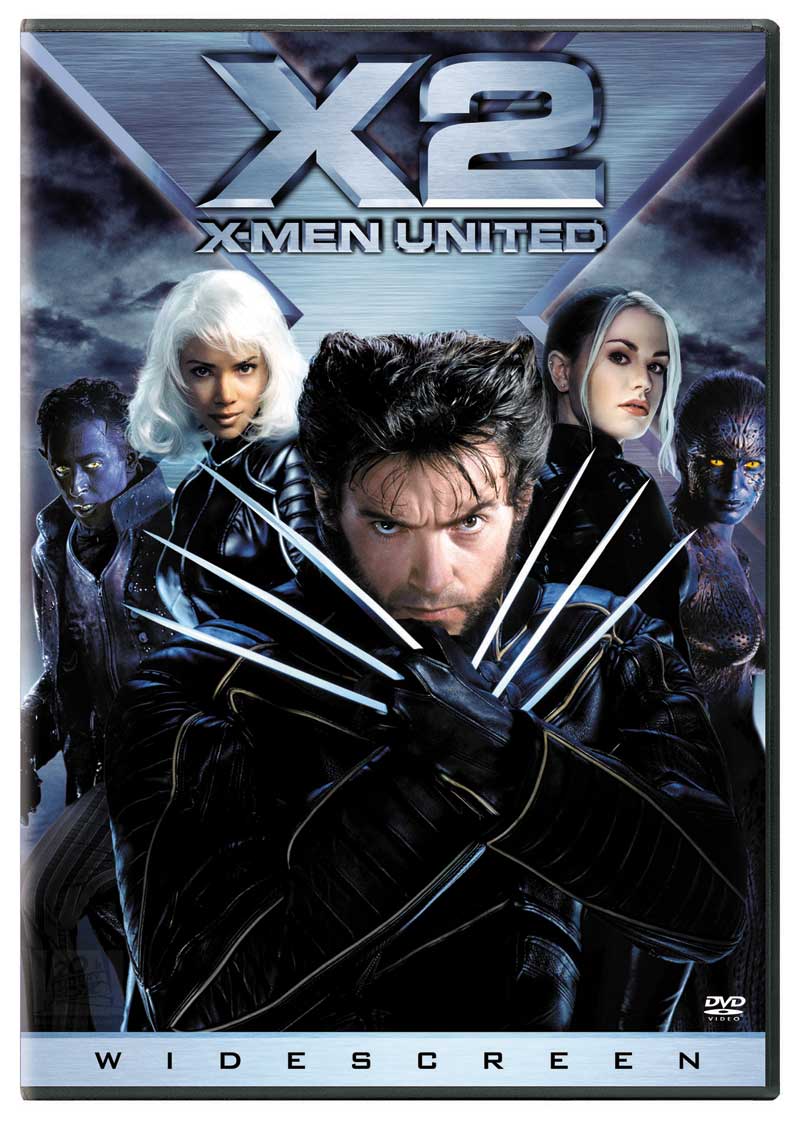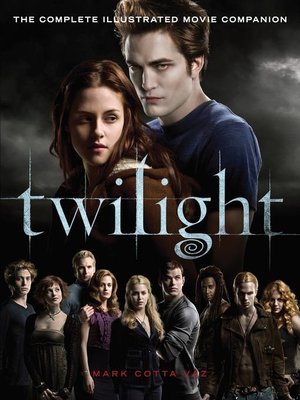X-Men
 Created by Stan Lee and Jack Kirby, the X-Men began as a series of Marvel comics first released in 1963. The X-Men, also called Mutants, carry the X Gene, a genetic mutation which indicates an evolved state of humanity and grants superhuman abilities such as teleportation, laser vision, and flight to name a few. The X Gene is commonly activated at or during puberty, exaggerating the transitional state of adolescence. As Lifschutz explains, “To focus on marginalization and the feeling of otherness in the main-stream, many of the mutants in the X-Men series are young people who must grapple with backlash toward and lack of control over their mutations while struggling with other aspects of young adulthood” (244). Many of the X-Men become metaphors for social issues such as anti-Semitism (Smith), homophobia (Greyson), and the AIDS crisis. Greyson links Marvel’s storylines of X-
Created by Stan Lee and Jack Kirby, the X-Men began as a series of Marvel comics first released in 1963. The X-Men, also called Mutants, carry the X Gene, a genetic mutation which indicates an evolved state of humanity and grants superhuman abilities such as teleportation, laser vision, and flight to name a few. The X Gene is commonly activated at or during puberty, exaggerating the transitional state of adolescence. As Lifschutz explains, “To focus on marginalization and the feeling of otherness in the main-stream, many of the mutants in the X-Men series are young people who must grapple with backlash toward and lack of control over their mutations while struggling with other aspects of young adulthood” (244). Many of the X-Men become metaphors for social issues such as anti-Semitism (Smith), homophobia (Greyson), and the AIDS crisis. Greyson links Marvel’s storylines of X- Men publicly declaring their special gifts as “coming out” narratives (132). Trushell also notes that “the X-Men…featured not only psioid mutants (the telepathic Professor Xavier and the telekinetic Marvel Girl) but also mutants with grotesque deformities,” (154) illustrating a marginalization of physical deformities in our appearance-based culture. The X-Men takes those on the fringes and invites them into the role of the heroes.
Men publicly declaring their special gifts as “coming out” narratives (132). Trushell also notes that “the X-Men…featured not only psioid mutants (the telepathic Professor Xavier and the telekinetic Marvel Girl) but also mutants with grotesque deformities,” (154) illustrating a marginalization of physical deformities in our appearance-based culture. The X-Men takes those on the fringes and invites them into the role of the heroes.
 While several X-Men volumes are featured in lists of great comics for teens (Rutherford 32) (Greyson 133), the UBC collection has several of the recent X-Men films in its collection. The original trilogy of films: X-Men, X2: X-Men United, and X-Men: The Last Stand feature Xavier’s school for gifted children and the lives of several teenagers and young adults who are learning to control their newfound abilities.
While several X-Men volumes are featured in lists of great comics for teens (Rutherford 32) (Greyson 133), the UBC collection has several of the recent X-Men films in its collection. The original trilogy of films: X-Men, X2: X-Men United, and X-Men: The Last Stand feature Xavier’s school for gifted children and the lives of several teenagers and young adults who are learning to control their newfound abilities.
Teenagers in Horror
 While not created for a teenage audience, there are many seminal films which combine transformations and troubles of puberty with the horrific and monstrous within popular culture. In The Exorcist, 12-year-old Regan begins acting strangely after playing with a Ouija board and some characters question whether Regan has been possessed or if she is just undergoing mood swings and other hormonal changes from puberty. Carrie, from Stephen King’s novel of the same name, shows signs of telekinetic abilities after she has her first period in the high school shower. Both characters are feared due to their sudden power, yet continue to be idolized within popular culture. As Clark identifies, we “live in a culture that celebrates youth and its distinctions from adulthood” (7). Summoning demons, invoking the devil, and dabbling in black magic illustrate ways teenagers attempt to challenge authority:
While not created for a teenage audience, there are many seminal films which combine transformations and troubles of puberty with the horrific and monstrous within popular culture. In The Exorcist, 12-year-old Regan begins acting strangely after playing with a Ouija board and some characters question whether Regan has been possessed or if she is just undergoing mood swings and other hormonal changes from puberty. Carrie, from Stephen King’s novel of the same name, shows signs of telekinetic abilities after she has her first period in the high school shower. Both characters are feared due to their sudden power, yet continue to be idolized within popular culture. As Clark identifies, we “live in a culture that celebrates youth and its distinctions from adulthood” (7). Summoning demons, invoking the devil, and dabbling in black magic illustrate ways teenagers attempt to challenge authority:
 At some distance from traditional religion are the seances, Ouija boards, and levitation that have long been a part of teen girl sleepovers, and “legend tripping” (visiting cemeteries, purportedly haunted houses, and other creepy places) that has been an established practice in teen boy life since the introduction of the automobile gave them increased mobility and autonomy. (6)
At some distance from traditional religion are the seances, Ouija boards, and levitation that have long been a part of teen girl sleepovers, and “legend tripping” (visiting cemeteries, purportedly haunted houses, and other creepy places) that has been an established practice in teen boy life since the introduction of the automobile gave them increased mobility and autonomy. (6)
While many horror films turn these teenagers seeking autonomy into monsters, they also grant them power over those around them. There is a joy in “harness[ing] any kind of power in a time of life when one feels particularly powerless”(v).
While the UBC collection does not have the original novels, the feature films of both The Exorcist and Carrie are available.
Buffy the Vampire Slayer
Now a cult classic, Buffy the Vampire Slayer is a film and television series starring a teenage girl who is blessed with super strength to protect the world from the vampires and demons that lurk in the shadows. Running from 1996-2003, Buffy is praised for its timely feminism, dark humour, and its cast of strong and believable teenage protagonists.
As Wilcox explains, Buffy’s world condenses the problems and conflicts teenagers face and turns them into literal monsters: “Internet predators are demons; drinking-doctoring frat boys have sold their souls for success in the business world; a girl who has sex with even the nicest-seeming boy discovered that he afterwards becomes a monster” (16). Buffy herself is a teenager turned monster. While becoming “The Slayer” or “The Chosen One” during her sophomore year of high school grants her super strength, it also prematurely burdens her with the responsibilities of adulthood. Along with her best friend Willow, who becomes a powerful witch, Oz, a reluctant werewolf,  and Angel, the handsome vampire with a soul, Buffy is one of many within Whedon’s world who is faced with the monstrosity of being a teenager and growing up: “the horror of becoming a vampire often correlates with the dread of becoming an adult” (Wilcox 16).
and Angel, the handsome vampire with a soul, Buffy is one of many within Whedon’s world who is faced with the monstrosity of being a teenager and growing up: “the horror of becoming a vampire often correlates with the dread of becoming an adult” (Wilcox 16).
The original film and first three seasons on the television series features Buffy balancing vampire “slayage” and high school. While season four picks up after Buffy’s graduation when she begins to attend UC Sunnydale, the themes of maturing into adulthood are still present and accessible to teenage viewers.
The Twilight Saga
 While few would dare call it high literature, the Twilight Saga fueled the young adult book market for years and the works have become seminal due to the continuous popularity in paranormal romance which budded from this phenomenon. The Saga begins when 17-year-old Bella moves to Folks, Washington to live with her father and catches the attention of a 104-year-old resident vampires, Edward Cullen, who is masquerading as a high school student. The plot of the series surround their romance and if Bella is willing to become a vampire to be with Edward—forever.
While few would dare call it high literature, the Twilight Saga fueled the young adult book market for years and the works have become seminal due to the continuous popularity in paranormal romance which budded from this phenomenon. The Saga begins when 17-year-old Bella moves to Folks, Washington to live with her father and catches the attention of a 104-year-old resident vampires, Edward Cullen, who is masquerading as a high school student. The plot of the series surround their romance and if Bella is willing to become a vampire to be with Edward—forever.
 As Buffy the Vampire Slayer examined the themes and horrors of becoming an adult, Twilight also interrogates the choices one makes as they enter adulthood. Bella’s major conflict throughout the series wavers on her decision to become a vampire or allow her human body to continue aging while Edward’s remains perpetually seventeen. The push and pull of their relationship mirrors conversations surrounding the dangers and allures to the dark and unknown. While Edward and his vampire family may not feast on human blood and sparkle rather than burn in sunlight, he does symbolize the dangers of bodily urges and sexual activity. Despite the saga taking a rather conservative stance on romance and sexuality, Twilight spurred swarms of giggling teens to bookstores and theatres (Bode). The buzz continued throughout its release (“Teens still love ‘Twilight’ vampires) and teens took sides identifying as either “Team Edward” or “Team Jacob” as the love-triangle reached its climax in the third-instalment, Eclipse. No matter the side they took,
As Buffy the Vampire Slayer examined the themes and horrors of becoming an adult, Twilight also interrogates the choices one makes as they enter adulthood. Bella’s major conflict throughout the series wavers on her decision to become a vampire or allow her human body to continue aging while Edward’s remains perpetually seventeen. The push and pull of their relationship mirrors conversations surrounding the dangers and allures to the dark and unknown. While Edward and his vampire family may not feast on human blood and sparkle rather than burn in sunlight, he does symbolize the dangers of bodily urges and sexual activity. Despite the saga taking a rather conservative stance on romance and sexuality, Twilight spurred swarms of giggling teens to bookstores and theatres (Bode). The buzz continued throughout its release (“Teens still love ‘Twilight’ vampires) and teens took sides identifying as either “Team Edward” or “Team Jacob” as the love-triangle reached its climax in the third-instalment, Eclipse. No matter the side they took,  readers of the Twilight Saga caused a surge of popularity of paranormal romance within the young adult market, leading the way for various titles such as the Vampire Academy series by Richelle Mead, The House of Night series by P.C. Cast, and The Mortal Instruments series by Cassandra Claire.
readers of the Twilight Saga caused a surge of popularity of paranormal romance within the young adult market, leading the way for various titles such as the Vampire Academy series by Richelle Mead, The House of Night series by P.C. Cast, and The Mortal Instruments series by Cassandra Claire.
The UBC collection hold first editions of the Twilight Saga in addition to the Twilight feature film and graphic novel.